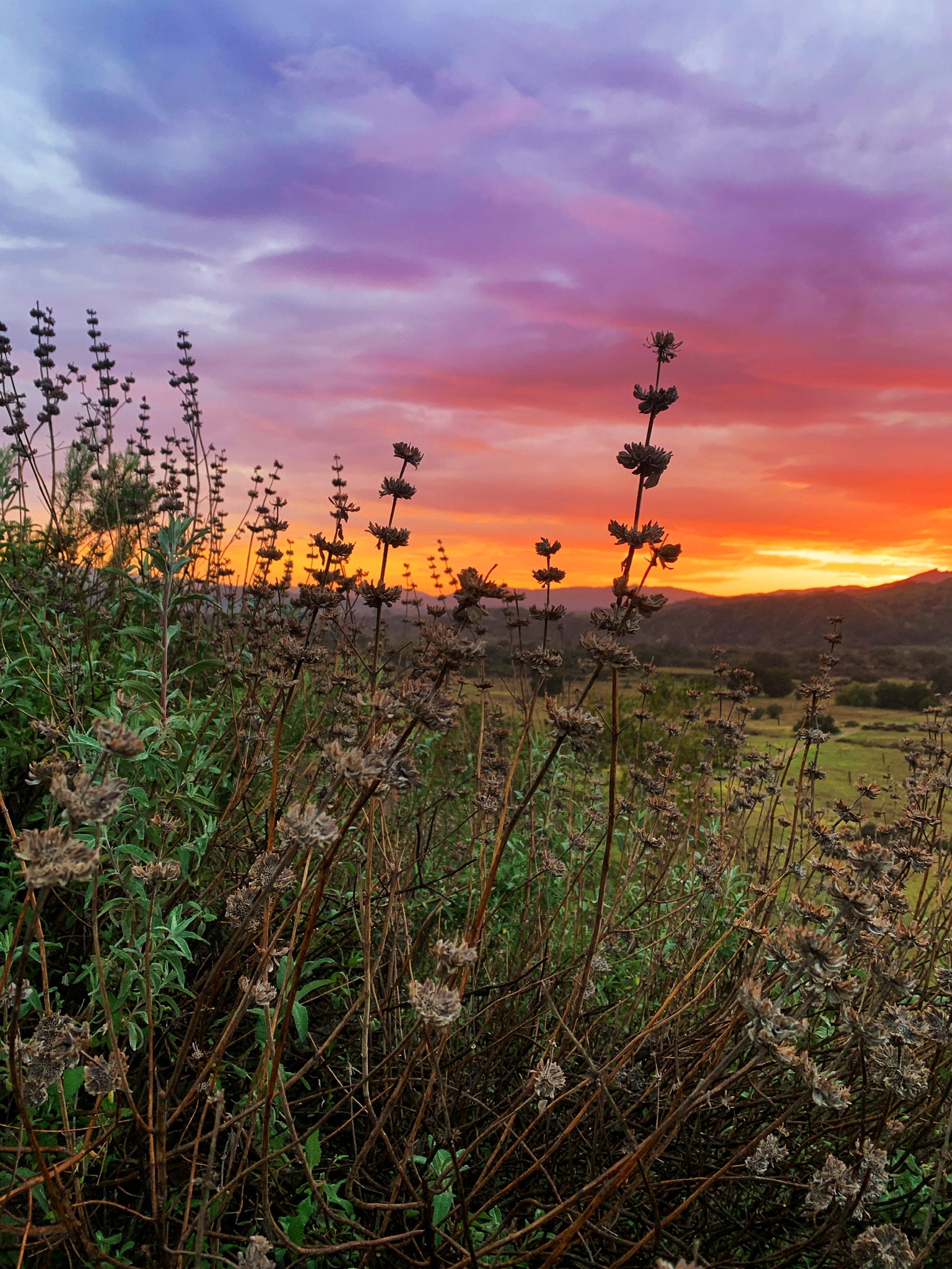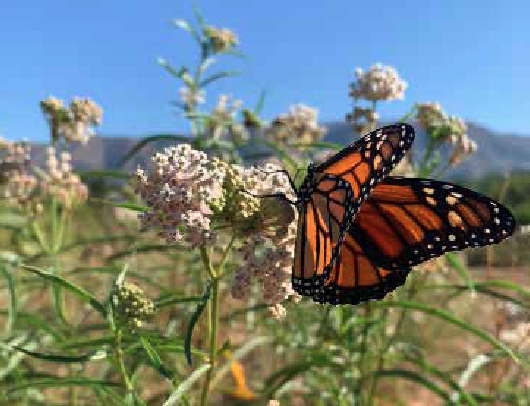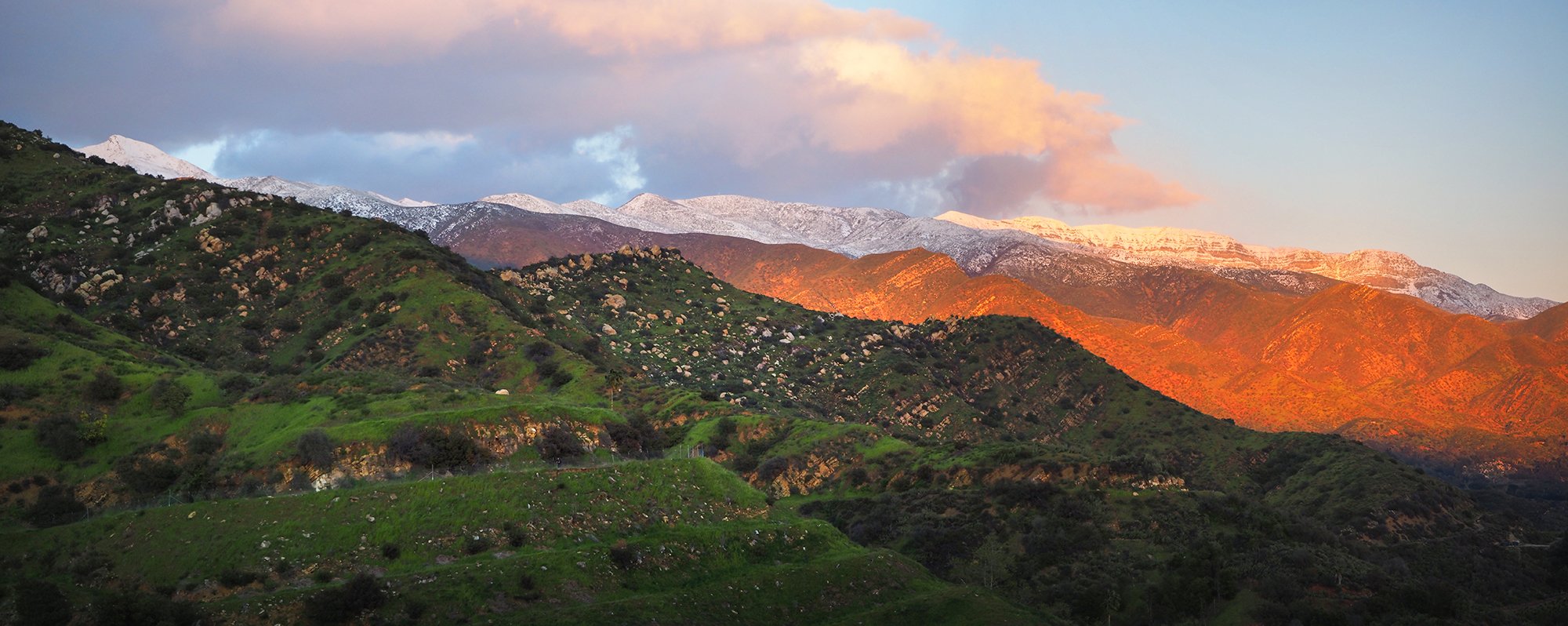
about us
Mission
To protect and restore the natural landscapes of the Ojai Valley forever
Vision
To lead Ojai Valley’s response to climate change
About Us | Program Areas | Team | Board | Financials | Strategic Plan | Careers | Contact
Our Staff
Meet the dedicated team preserving nature's beauty and diversity.
Board of Directors
Meet the group stewarding our mission of land conservation and restoration.
Financials
Review how we steward every donation toward conservation efforts.

Overview
OVLC was founded in 1987 to provide an alternative to landowners who were being approached by real estate developers. Thanks to that early advocacy, those threats were largely turned away and OVLC began playing a proactive role in preserving the Ojai Valley’s special places.
Today, OVLC has protected nearly a third of the Ventura River and manages about 2,600 acres of open space—providing habitat for animals like mule deer, mountain lion, and our totem species the California quail. This is an area roughly equivalent in size to 2/3 of the City of Ojai. Within this geography, 2,000 acres are open for free public access, 5 times the open space managed in the valley by the City of Ojai and the County of Ventura combined. This underscores the outsized role that OVLC plays in creating and maintaining open space for the public to enjoy.
OVLC maintains 27 miles of trail, guides hundreds of visitors, and hosts tens of thousands of schoolchildren, hikers, equestrians, bikers, and more each year.
Today, new threats from a changing climate threaten the ecology, livability, and character of the Ojai Valley. As the leading conservation organization in the valley, OVLC is turning to nature-based solutions to respond to these threats.
-
While the chaparral ecosystems of southern California are fire-adapted landscapes, the increased frequency, intensity, and scale of climate-fueled wildland fires is outpacing the ability of native landscapes to recover. This altered fire regime is converting our chaparral into non-native grasslands that more easily ignite into wildland fires. This type change in our grasslands dramatically affects native species like California thrashers and wrentits that rely on chaparral habitat.
As we witnessed in the Thomas Fire, these fires are now far more explosive and damaging. This devastating consequence of climate change is directly impacting the livability of our valley. While armoring structures and maintaining defensible space is key to protecting life and property, preserving lands in the wildland-urban interface dramatically simplifies the community response to major wildfires.
Open spaces provide a community-scale buffer zone while also creating a recreational interface to the vast Los Padres National Forest. OVLC is working to develop thoughtful land management plans that balance biodiversity benefits with fuel management concerns in order to foster a sustainable wildland-urban interface.
-
Ventura’s threatened adjudication of water uses and the new focus on groundwater sustainability (two active groundwater sustainability agencies have been formed) are indications that climate change is altering water regimes and threatening water supplies. The uncertainty around our ongoing drought, coupled with the cost of water, is causing farmers and large landowners to cease or curtail their orchard operations. It is now more urgent than ever to adopt a realistic and proactive approach, not only to conserve water but also to help our community adapt to living within its means by recognizing the scarcity of this resource.
In addition to the scarcity of water, we are also confronted by an increase in extreme rain events with high potential for flooding. For flood mitigation, we are “planning for flood during the time of drought” with a focus on pursuing solutions to retain water and attenuate flows from heavy climate events. For example, the traditional approach to dealing with flashy flood waters has been to funnel rainwater from the watershed as quickly as possible, draining this fleeting and precious resource away from our valley and preventing our aquifers from recharging. We support strategies to retain rainwater while mitigating any damaging effects they may have on the community.
For centuries, broad canopies of native oaks slowed and dispersed drenching rains, reducing erosion and runoff, while their deep roots sank water into our aquifers. Oaks represent some of the richest habitat for insects, birds and mammals in the whole valley. By restoring oak woodlands in our preserves and working with private landowners to transition land back to native habitat, we hope to shift the ecosystem balance back toward one that is better suited to handle extreme water events.
As with our fire mitigation efforts, protecting and restoring riparian and historic wetland areas reduces flood (and fire) risk in our community while also increasing habitat biodiversity and accessible open space for our community to enjoy.
The threatened adjudication of our watershed, along with river flow models and the promulgation of groundwater sustainability plans, may provide sufficient understanding of water use at the watershed scale to enable the acquisition of “water for nature.”
While this is unlikely in the next few years, OVLC stands ready to embrace any transactional work in water as a means to protect and restore the valley’s ecology.
-
Ojai is blessed with outstanding natural areas and is still rural enough that wildlife such as mountain lions and mule deer are largely free to move around the valley. The vast Los Padres National Forest provides a tremendous backdrop to the habitats on our preserves. However, climate change jeopardizes the ability of animals (like southwestern pond turtles and California red-legged frogs) and natural communities to survive.
By protecting open spaces at lower elevations than those in the National Forest, OVLC is enhancing nature’s ability to adapt to shifts in climate. Restoring oak woodlands mitigates extreme fire behavior and enhances habitat for a whole suite of mammals, birds, reptiles, and insects. Planting oak trees, an integral species in protecting biodiversity, helps our native insect pollinators and other species thrive. Oaks are also known to capture fog and provide root channels that enhance groundwater recharge. Removing non-native giant reed (Arundo donax) and restoring native riparian vegetation restores water to our creeks, provides vital habitat for southern steelhead trout and red-legged frogs, and enhances natural firebreaks. By protecting land along both the Ventura River and its tributaries, OVLC is protecting critical wildlife corridors. OVLC will expand our role as the leading organization for ecological restoration in the Ojai Valley.
-
The Ojai Valley is known for its rural character and extraordinary views. Many elements come together to make Ojai a special place to live, work, and play: the smell of orange blossoms in the spring, the Pink Moment, miles of trails to explore, and families spending springtime at their favorite swimming holes. Protecting our natural resources protects what makes Ojai special.
Program Areas
-
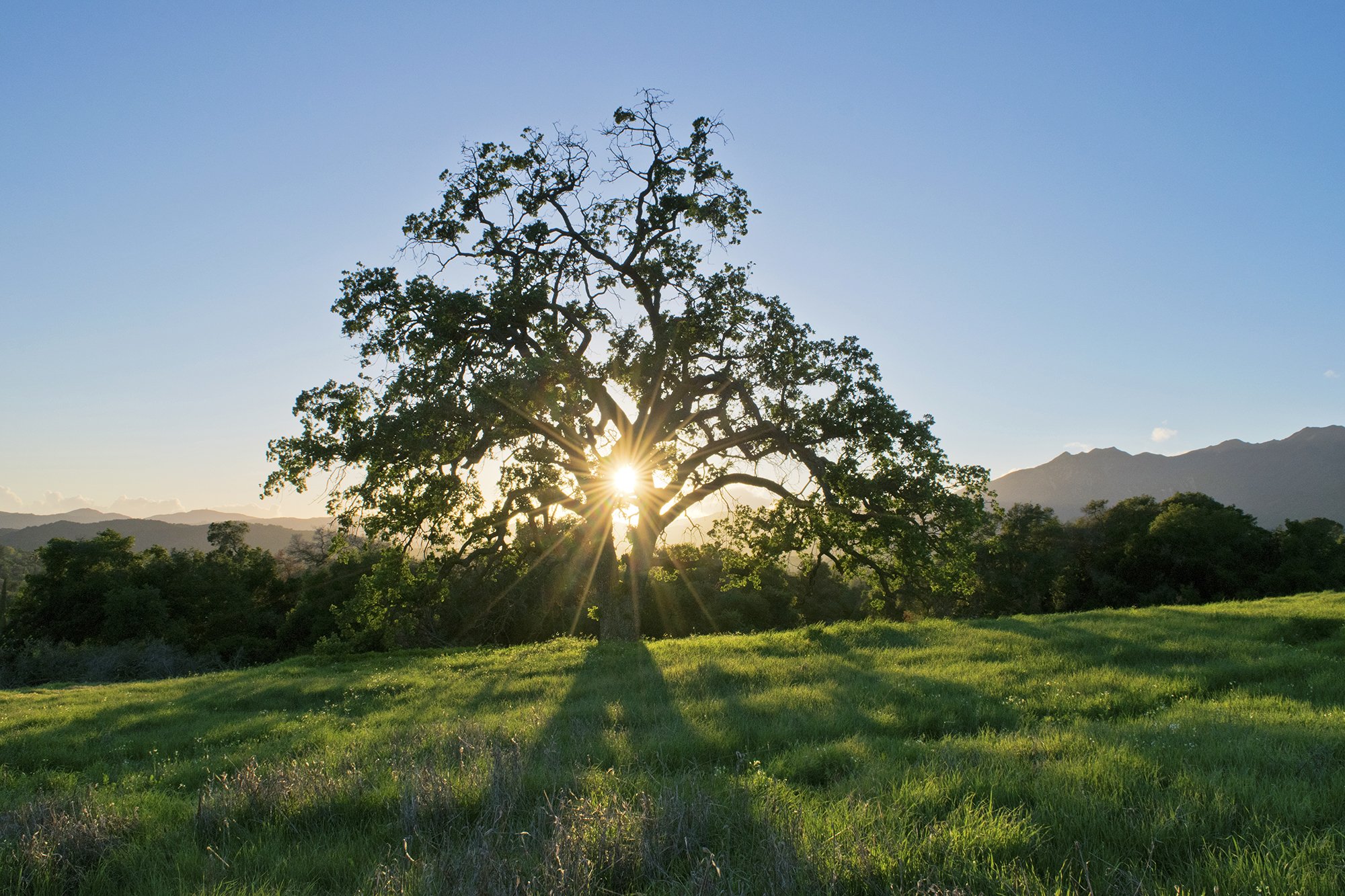
LAND PROTECTION
As the valley’s land trust, OVLC embraces our role in protecting the landscapes that make the Ojai Valley a special place to live, work, and play.
-

RESTORATION
In officially adding “restore” to our mission, OVLC is affirming our proactive approach to climate resilience.
-

STEWARDSHIP
OVLC’s preserves are undeveloped landscapes that provide intrinsic, and sometimes intangible, community and environmental benefits to the Ojai Valley.
Watch our new OVLC about us video by James Jones Films
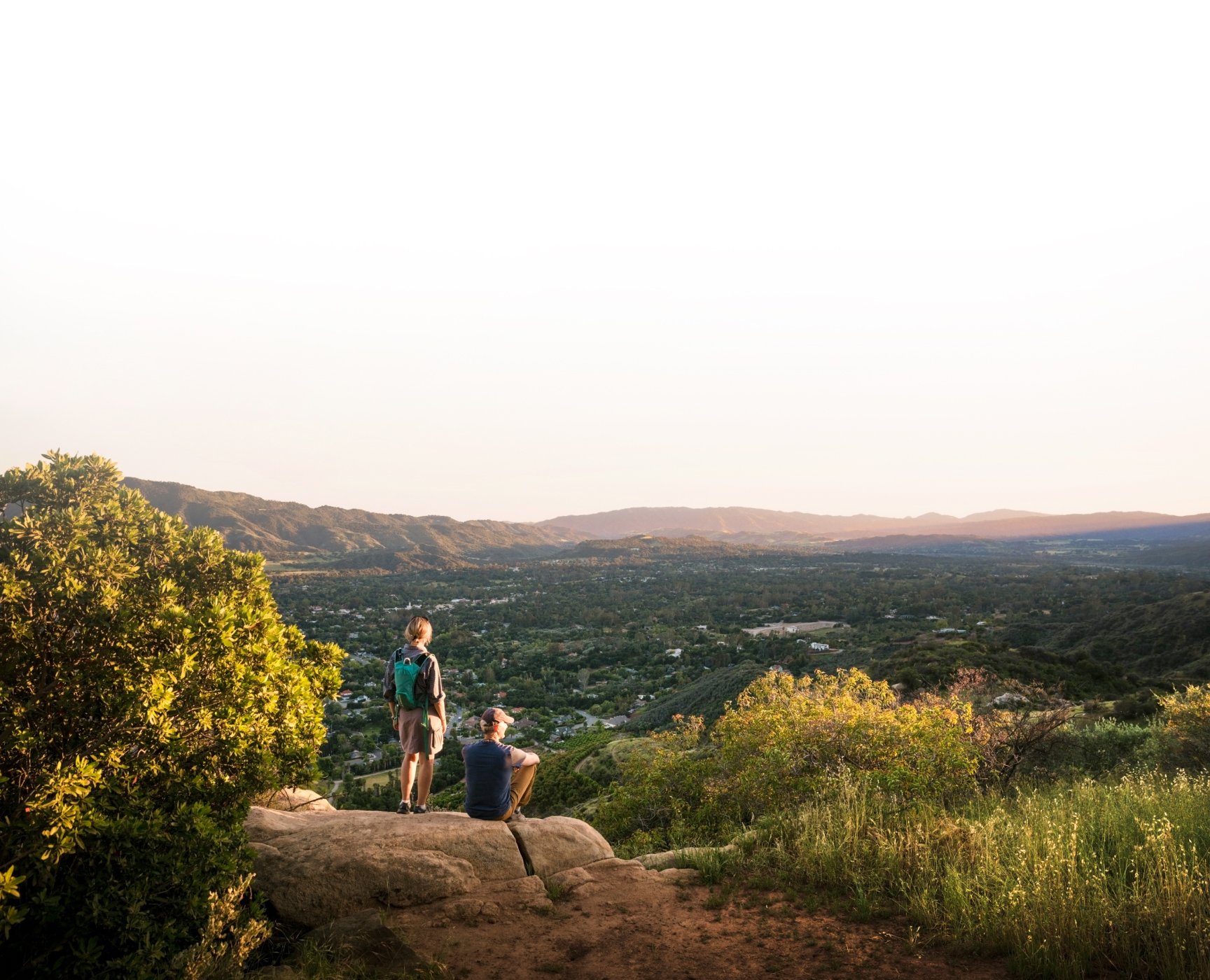
Explore our preserves
Whether you are seeking epic views, wonderful wetlands, the perfect birding spot, or a quiet respite from daily life, our preserves offer visitors plenty of opportunity to connect with nature and explore the real Ojai.



